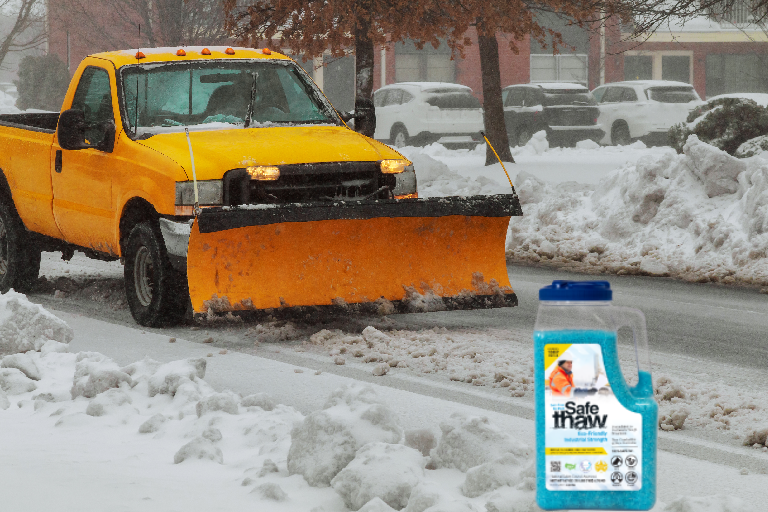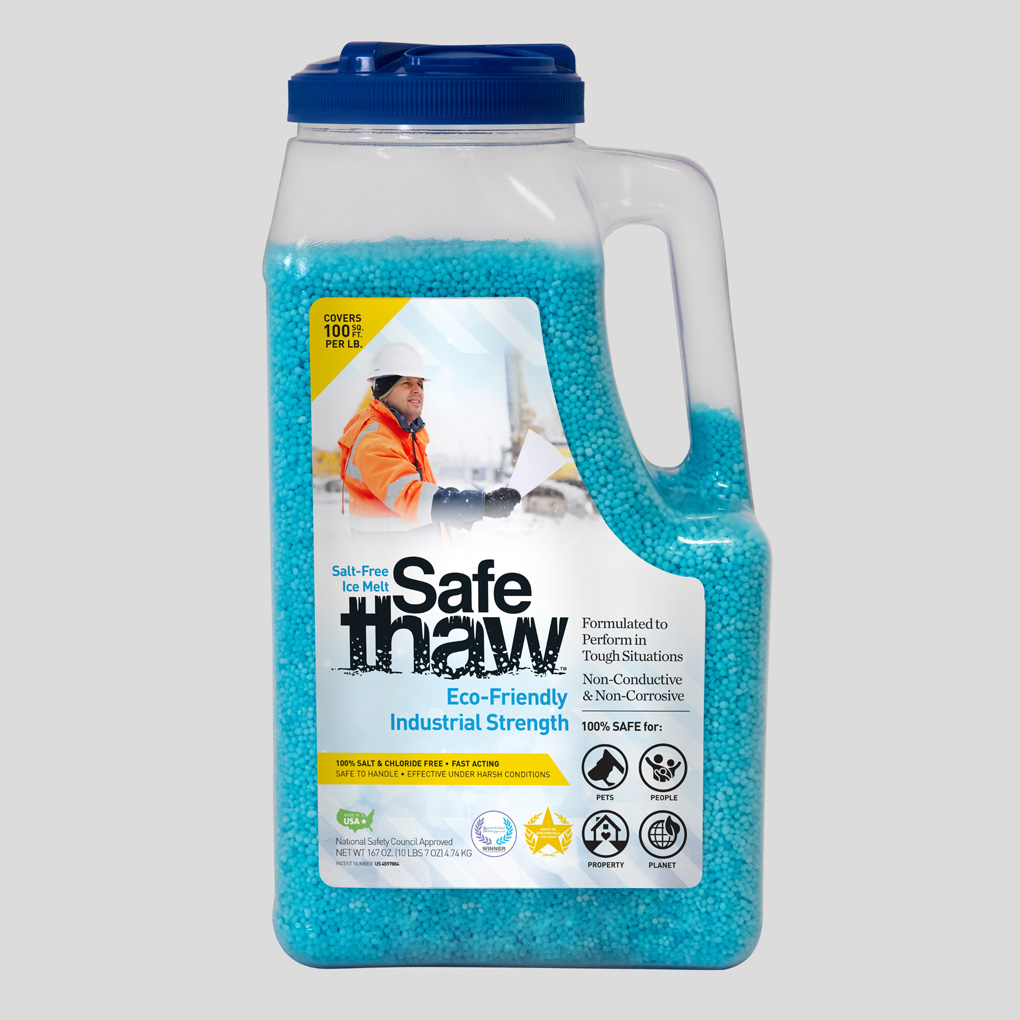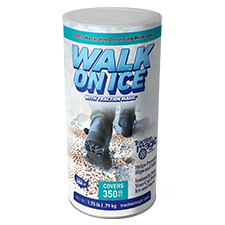Step-By-Step Guide: How To Get Oil Out Of Concrete

Oil stains on concrete can be unsightly and difficult to remove. If you’ve ever wondered how to get oil out of concrete, you’ve come to the right place.
To get oil out of concrete, you’ll need to gather the necessary instruments, assess the stain, pre-treat it, prepare a cleaning solution, scrub the stain, rinse the surface, and allow it to dry.
In this step-by-step guide, we will walk you through effective methods in detail to tackle those stubborn stains, along with some effective tips to maintain the surface.
So, say goodbye to those blemishes and restore the pristine look of your concrete surfaces with our expert tips and techniques.
Why Are Oil Stains Difficult To Remove From Concrete Surfaces?
Oil stains on concrete surfaces can be incredibly stubborn and challenging to remove. Let’s explore the reasons behind the resilience of oil stains on concrete.
- Porous Nature of Concrete: Concrete is a porous material with tiny openings that allow substances like oil to penetrate deeply. This makes extracting the oil completely from the concrete’s pores challenging.
- Oil’s Adhesive Properties: Oil is known for its adhesive nature, allowing it to cling tightly to surfaces. When oil seeps into the concrete, it forms strong bonds, making it difficult to dislodge through conventional cleaning methods.
- Chemical Composition of Oil: The chemical composition of oil further complicates the removal process. Oil contains hydrocarbons that are insoluble in water, meaning they do not dissolve easily and require specialized techniques to break them down effectively.
- Absorption and Absence of Evaporation: Unlike other spills, oil does not evaporate quickly from concrete surfaces. Instead, it tends to linger and gets absorbed, exacerbating the staining and making it more challenging to remove.
- Age and Duration of the Stain: The longer an oil stain remains untreated on concrete, the deeper it seeps into the material, making it more stubborn. Older stains may have undergone chemical reactions with the concrete, intensifying the difficulty of removal.

Frozen Driveways? Melt the Ice Away with Safe Thaw!
Safe Thaw was created as the ice management solution for tough winter environments. Ideal in commercial and industrial properties, shops, government agencies, bridges, and construction.
How To Get Oil Out Of Concrete? [Step-By-Step Guide]
Oil spills on concrete surfaces can be a real eyesore, but worry not! With our step-by-step guide, you’ll learn effective techniques to remove oil stains and restore your concrete’s pristine appearance.
1. Gather the Necessary Instruments
Before you begin cleaning, gather the following items: absorbent materials like cat litter or baking soda, a stiff-bristle brush, a bucket, dish soap, water, a garden hose, and protective gloves. These tools will help you tackle oil stains effectively.
2. Assess the Stain
Take a close look at the oil stain and assess its severity. Determine whether it’s a fresh spill or an older, set-in stain. This assessment will help you choose the appropriate cleaning method and products for optimal results.
3. Pre-treat the Stain
Start by pre-treating the oil stain with absorbent material. Sprinkle a generous amount of cat litter or baking soda directly onto the stain, ensuring it covers the affected area. Gently press the absorbent material into the stain, allowing it to sit for at least 30 minutes.
4. Prepare a Cleaning Solution
Create a cleaning solution by mixing warm water and a few drops of dish soap in a bucket. Stir the solution until it forms a soapy mixture. This solution will help break down the oil and facilitate its removal from the concrete surface.
5. Scrub the Stain
Dip a stiff-bristle brush into the soapy solution and vigorously scrub the stained area. Focus on applying firm pressure to loosen the oil residue. Scrub in a circular motion, covering the entire stain. You can use a specialized concrete cleaner or a mixture of baking soda and water for stubborn stains.
6. Rinse the Surface
Once you’ve thoroughly scrubbed the stain, rinse the concrete surface with a garden hose. Direct the water flow towards the stained area, washing away all the soap and residue. Continue rinsing until the water runs clear, indicating the oil has been removed.
7. Allow the Surface to Dry
After rinsing, allow the concrete surface to air-dry naturally. Avoid walking or placing any objects on the wet surface to prevent new stains from forming. Once dry, inspect the area to ensure the oil stain has been completely removed. If necessary, repeat the cleaning process for persistent stains.
Winter Storms Are Here!
Stay Safe with Our 100% Salt And Chloride-Free, Pet Safe Ice Melt.
Additional Tips And Tricks To Maintain Your Concrete Surfaces
When maintaining your concrete areas, it’s not just about cleaning oil stains. Here are some valuable tips to keep your concrete surfaces in top-notch condition.
- Regular Cleaning and Sweeping: Keep your concrete surfaces clean by regularly sweeping away debris, leaves, and dirt. This prevents buildup and reduces the risk of stains and damage.
- Protect from Freezing Conditions: During freezing temperatures, protect your concrete areas from damage caused by ice and snow. Avoid using salt-based ice-melting products, as they can corrode the concrete. Instead, opt for non-corrosive and non-conductive alternatives like Safe Thaw, specifically designed to maintain concrete surfaces.
- Avoid Harsh Chemicals: Avoid harsh chemicals that can erode the surface when cleaning your concrete. Instead, opt for mild soap or specialized concrete cleaners that are gentle yet effective.
- Use a Protective Sealant: Applying a high-quality concrete sealant provides a protective barrier against stains, moisture, and UV damage. Consider resealing your concrete every couple of years to maintain its longevity.
- Remove Stains Promptly: Address spills and stains promptly to prevent them from penetrating the concrete. Blot or wipe away any spills immediately, and use appropriate cleaning methods to tackle stains effectively.
- Prevent Oil Leaks: If you park vehicles on your concrete driveway or garage, use drip pans or absorbent mats to catch oil leaks and prevent them from seeping into the concrete. Regularly check for leaks and address them promptly.
Is Dish Soap Effective In Removing Oil Stains From Concrete Surfaces?
Yes, dish soap can be slightly effective in removing oil stains from concrete surfaces. Dish soap contains surfactants that help break down and loosen oil particles.
However, its effectiveness may vary depending on the severity and age of the stain. For fresh oil spills, dish soap can often be sufficient when combined with proper scrubbing techniques. It is advised to use a brush or sponge to scrub the stain after directly applying dish soap to the affected area and letting it set for a few minutes.
After that, thoroughly rinse the area with water. For more stubborn or older stains, additional cleaning methods or specialized products may be necessary to achieve complete removal.
100% Salt & Chloride-Free Ice Melt for Winter Storm Protection.
Verdicts
Removing oil stains from concrete doesn’t have to be a daunting task. By following these step-by-step instructions on how to get oil out of concrete, you can effectively restore the appearance of your surfaces. Start by promptly blotting and absorbing the oil, then apply a degreaser and scrub the area.
Rinse thoroughly and repeat if necessary. Consider preventive measures like sealing the concrete to minimize future stains. With patience and the right approach, you can again say goodbye to oil stains and enjoy clean, pristine concrete surfaces.
Try Also Our Other Winter Safety Products:
Safe Paw
The Original and #1 Selling Pet and Child Safe Ice Melt for over 20 years. Guaranteed environmentally safe –It won’t harm animals or children, and it won’t damage your property. That’s Safe Paw. Safe Paw can change how winter affects our planet.

Walk On Ice
The handy disposable canister can be taken everywhere, with the same 100% naturally occurring minerals that provide instant traction on ice or snow. Use it on sidewalks, steps, or as an instant traction agent for your car.



